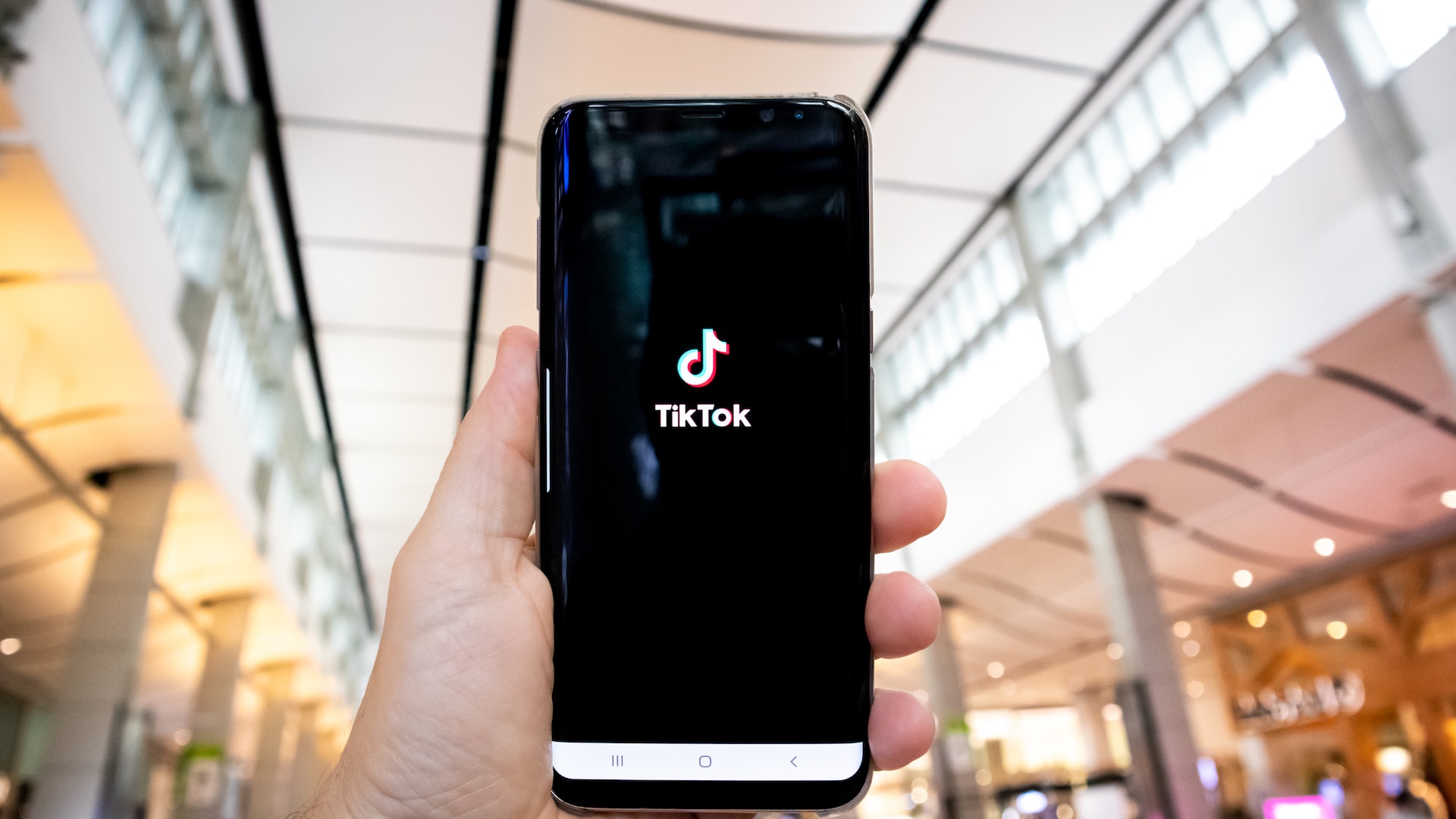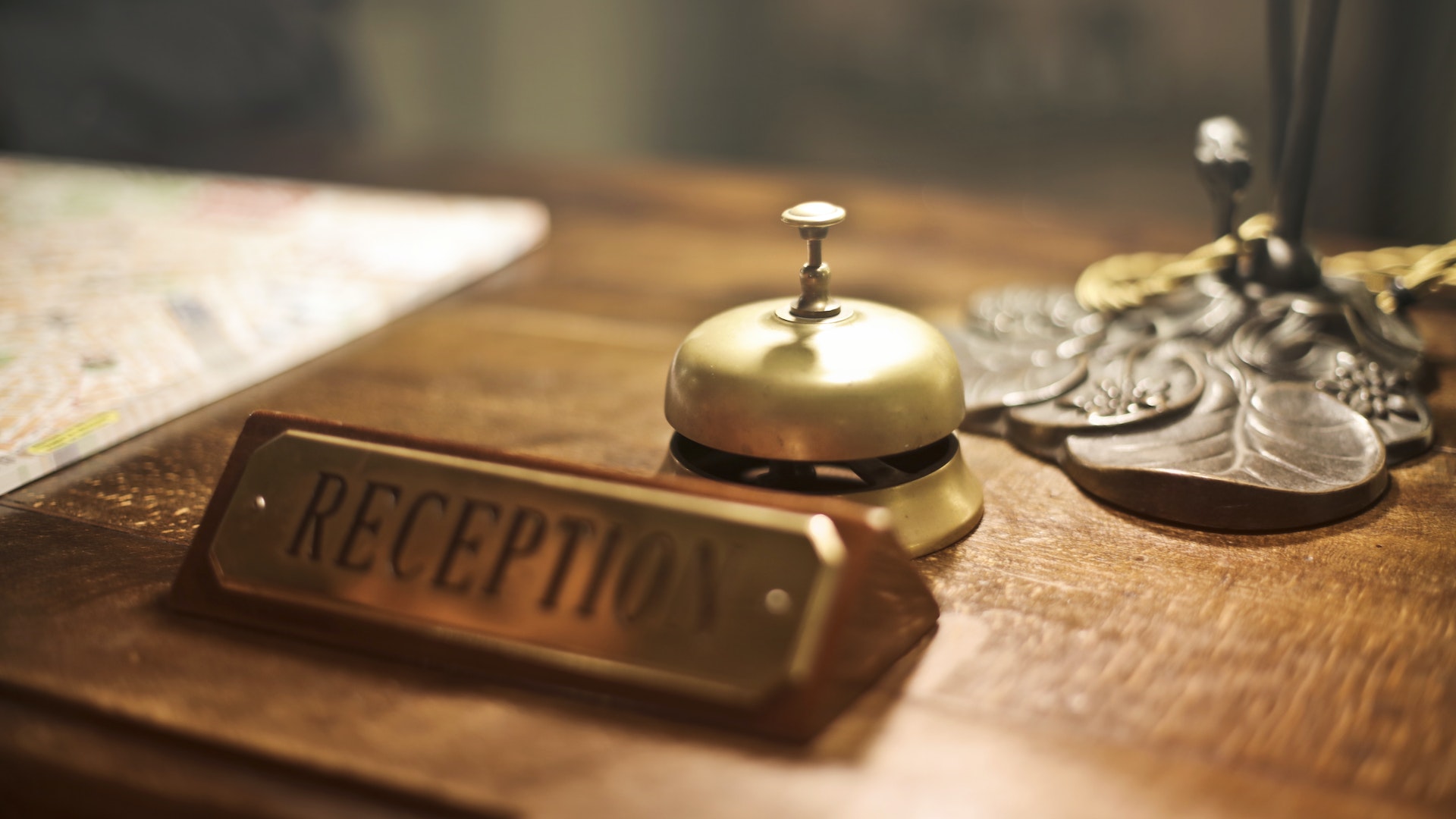
Spending time and effort bringing customers to your website is only half the battle when it comes to driving direct bookings.
NB: This is an article from Triptease
You also need to make sure that the user experience (UX) on your hotel’s website is effectively converting them into bookers. Hiring designers and developers is expensive, though – and trying to improve the user experience yourself may seem like a daunting task. However, across the thousands of websites that we scrutinise at Triptease every day, we’ve noticed a number of common design mistakes that frequently occur on hotel websites – none of which require any technical knowledge to fix.
A lack of focus on identifying guest personas
Different people respond to different messages. A business person doesn’t want a romantic holiday and a family won’t relate to your speed dating evening. It’s key to work out who wants to come to your hotel and make sure they get the information they want to see.
It may be tempting to target as many people as possible with content that you’re particularly proud of, but this unfocused approach does not lead to better conversion rates. Identifying the personas of your ideal guest types – for example, by looking at life-time value or average cost to serve – and targeting them with concise messages that are specifically relevant to them will work far better than a broad brush approach.
Overwhelming guests with too much text
Humans are lazy. We will often skim read passages of text, or skip over them altogether. A research study by a leading UX organization, the Nielson Norman Group, found that, on pages with 111 words, users read only half of them. On pages with more than 450 words, only 30% of them would be read. Furthermore, the report ‘targeted a small, elite readership’, so you can expect the average reader to be even less enthusiastic.

Most guests will be able to read most of your content with fewer than 150 eyond 150 words, but beyond that, you’re likely to lose their interest (source: Nielsen)
Many hotels load their website up with words, which will offer very little additional value to their visitors. Therefore, optimizing your website content is so important. Where possible, use maps, logos and images to clearly convey the point you are trying to make, and then ensure any remaining paragraphs only contain information that you know is crucial to the booking journey. Constantly test, iterate and improve your words. ‘User experience’ is more than just website structure and buttons.
Underestimating the importance of the leading image
Take a look at any OTA. In their lists of hotels on their homepage, each has one, beautiful, unobscured image, which is effectively used to draw users in and make them want to find out more. In many cases, this sole image could actually be the difference between winning or losing a booking. Despite this, so many hotels treat their homepage’s leading image as an afterthought, and often don’t recognize the importance of imagery on what is essentially their shop window.

Choose the best possible hero image to make a lasting first impression
In design, we call these ‘hero images’, and they are one of the most powerful communication tools at your disposal. Have you got yourself a primary persona? What’s the message you are trying to send out to those visitors? Make sure your hero image reinforces that message in a relevant way, and constantly test, iterate and improve it to ensure it’s having the greatest possible impact.
Creating a cluttered and confusing user journey
Also known as the ‘ideal user journey’, the Golden Path is the best (and often most likely) way that visitors perform the task you want them to complete on your website. For hotels, this would generally be the guest making a booking. Ideally, this should be as straightforward as possible – but many websites are plagued with unnecessary content and overly complex page structures that do not have the Golden Path in mind.

The Golden Path should always be in mind when improving your website’s UX (source: Design Sprints)
If in doubt, go back to the basics. Put yourself in a new visitor’s shoes, and note what pages and steps they have to go through to take them from the moment they land on your site to the final booking confirmation. If the process is significantly more complex than your ideal booking journey (in other words, your hotel’s Golden Path), it’s time to trim the fat. Similar to a tasty risotto, you should reduce the volume you are working with, letting the useless ingredients boil away, allowing the punchy, exciting content to take the lead role.
Failing to test, iterate and improve the website
Each of the previous mistakes are easy to fix, and will likely lead to significant changes in your website conversion rate – but your work’s not over yet. Constantly testing, iterating and improving the booking journey across your site is vital to ensuring that your enhancements have made a measurable and consistent improvement.
As a hotel, your business is constantly evolving and never stands still; your website needs to be reflective of this too. Analyze how effective your changes have been with the likes of Google Analytics or Triptease’s Guest Intelligence Platform, and use this data to identify areas of your website that you may need to improve. You don’t necessarily need experienced UX designers or any sort of substantial investment of time or money into the process – just test, iterate and improve.



